 August
17
August
17
Tags
The World’s First Cartoon: Fantasmagorie
 On the 17th of August 1908, Fantasmagorie, the first fully animated feature film was released in Paris by the Gaumont company. Created by Emile Cohl, Fantasmagorie is considered one of the masterpieces of animated cinema and of early cinema as a whole. Done in a white-on-black style, reminiscent of a film negative, the film broke with the realist tradition emerging in live action at the time. It was much more stylized and fantastic, in some ways anticipating the surrealist movement of later decades. “Fantasmagorie is a brief line animation in which a mysterious puppet, Pierrot or fantoche, and his environment change seamlessly. Flowers become bottles become a cannon; an elephant becomes a house; Pierrot becomes a bubble, a hat, a valise.” (Chris Gehman, Steve Reinke, The Sharpest Point: Animation at the End of Cinema). There is no distinctive narrative to the successive images. Therefore, it is believed that Fantasmagorie is in a way a tribute to the short-lived French Incoherent art movement.
On the 17th of August 1908, Fantasmagorie, the first fully animated feature film was released in Paris by the Gaumont company. Created by Emile Cohl, Fantasmagorie is considered one of the masterpieces of animated cinema and of early cinema as a whole. Done in a white-on-black style, reminiscent of a film negative, the film broke with the realist tradition emerging in live action at the time. It was much more stylized and fantastic, in some ways anticipating the surrealist movement of later decades. “Fantasmagorie is a brief line animation in which a mysterious puppet, Pierrot or fantoche, and his environment change seamlessly. Flowers become bottles become a cannon; an elephant becomes a house; Pierrot becomes a bubble, a hat, a valise.” (Chris Gehman, Steve Reinke, The Sharpest Point: Animation at the End of Cinema). There is no distinctive narrative to the successive images. Therefore, it is believed that Fantasmagorie is in a way a tribute to the short-lived French Incoherent art movement.
The film was very short; its projection time was less than two minutes. Yet, the amount of work Cohl had to put in it was enormous, and the final effect –  astonishing. “Fantasmagorie was the single most demanding task that Colh had ever attempted as an artist. First he had made a drawing on white paper with black ink. Then he traced that drawing through a second sheet, changing nothing in the outline except for a minute alteration that would be perceived later as motion. Eventually hundreds of drawings were completed in this manner, then photographed in sequences. The result was printed in negative, so in the final film the illusion was produced of white lines moving on black. At the beginning and end Cohl’s own hands appeared in positive, necessitating in these two shots the use of white ink on black paper to match the negative animation sequence.” (Donald Crafton, Emile Cohl, Caricature, and Film)
astonishing. “Fantasmagorie was the single most demanding task that Colh had ever attempted as an artist. First he had made a drawing on white paper with black ink. Then he traced that drawing through a second sheet, changing nothing in the outline except for a minute alteration that would be perceived later as motion. Eventually hundreds of drawings were completed in this manner, then photographed in sequences. The result was printed in negative, so in the final film the illusion was produced of white lines moving on black. At the beginning and end Cohl’s own hands appeared in positive, necessitating in these two shots the use of white ink on black paper to match the negative animation sequence.” (Donald Crafton, Emile Cohl, Caricature, and Film)
“…Cohl made over 700 drawings… Each one represented one discrete phase which the projector would eventually synthesize into motion. Although the film would be projected at the rate of 16 frames per second, Cohl guessed that he could cut his work in half  by making only eight drawings for each second, then photographing each twice. The result was a film with extraordinary fluidity of motion, starling perspective alterations, and a convincing illusion of solid figures moving in spatial depth.” (Donald Crafton, Before Mickey: The Animated Film 1898-1928)
by making only eight drawings for each second, then photographing each twice. The result was a film with extraordinary fluidity of motion, starling perspective alterations, and a convincing illusion of solid figures moving in spatial depth.” (Donald Crafton, Before Mickey: The Animated Film 1898-1928)
Fantasmagorie might be the first ever animated cartoon, but the status of the first ever animation has been ascribed to Matches: An Appeal (1899), the oldest surviving British advertising film made for Bryant and May’s Matches during the Boear War. The film was created by Arthur Melbourne-Cooper, who used in it a series of single-frame exposures of models to create a sequence of moving pictures. He made a box of Bryant and May matches open up and the contents pop out one at a time and march like soldiers to form a ladder to a blackboard where one writes the message: ‘For one guinea Messrs Bryant and May will forward a case containing sufficient to supply a box of matches to each man in a battalion: with the name of the sender inside’. (To see the film, click HERE)
The impact of Fantasmagorie in the field of animation is long-standing and its influences are traceable in the work of some of later cartoonists. For example, in the Italian animated series La Linea, created by Osvaldo Cavandoli, the white single-line animation as well as the inclusion of the hand of the cartoonist are greatly reminiscent of the visual tricks used in Fantasmagorie. (To see La Linea, click HERE)
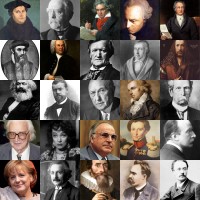



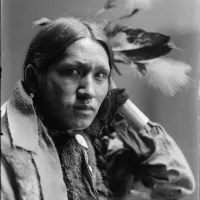
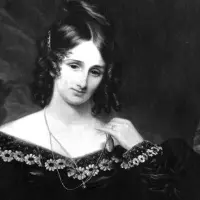
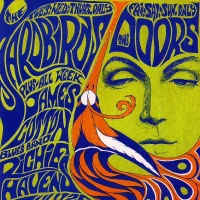
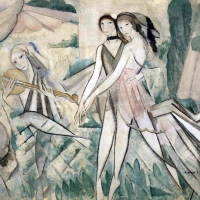

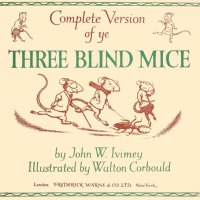
Reblogged this on Smorgasbord – Variety is the spice of life and commented:
Can you remember your favourite cartoons – Saturday morning for us as children on an overseas posting with our father meant three hours of cartoons and Lassie or Black Velvet…. I loved Tom and Jerry and the producer of them was Fred Quimby and 50 odd years later I still remember the kids all shouting out when his name came on screen ‘Good old Fred’….. clever people and brought a great deal of laughter and a few scares to millions of children.
LikeLiked by 1 person
Pingback: The first animated films | WikiSkip
Pingback: The World’s First Cartoon: Fantasmagorie | A R T L▼R K | Rogues & Vagabonds
Reblogged this on The Misty Miss Christy.
LikeLike
Reblogged this on Lenora's Culture Center and Foray into History.
LikeLike
Pingback: The World’s First Cartoon: Fantasmagorie (1908) | The Misty Miss Christy
Pingback: The World’s First Cartoon: Fantasmagorie (1908) | The Misty Miss Christy
Pingback: 1908 – Fantasmagorie |
Pingback: What Is The Difference Between Anime And Animation? - MyAnimeFacts
yes
LikeLike
im emo
LikeLike
Pingback: What Is The Difference Between Anime And Animation? (Explored) – All The Differences